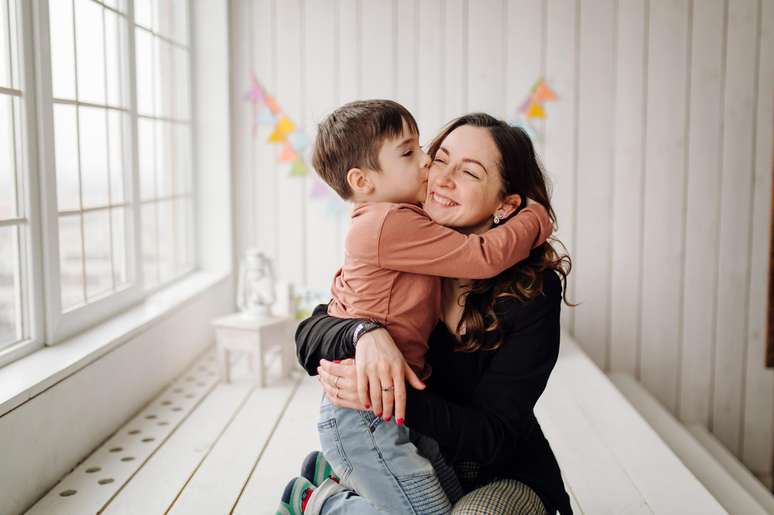The expert explains how the technique promotes discipline with respect and empathy, avoiding permissiveness.
If you’re active on social media, you’ve probably come across videos of parents demonstrating how to apply positive parenting to reduce conflicts with children. Despite having gone viral, the technique still raises doubts and controversies, especially because it is often confused with permissiveness.
Positive education proposes a model of relationship between adults and children that preserves the dignity and emotional health of children, but without giving up limits. Based on pillars such as secure attachment, emotional intelligence and human development, the approach moves away from authoritarian or permissive practices, promoting a balance that respects children’s needs and emotions.
@thuyannamallu The ending is the best. No negotiations, no subtle voices… but with lots of love and respect. #positiveeducation #educacaoinfantil #truemotherhood ♬ original sound – Thuyanna Malú
In an interview with Earth you, Maya Eigenmann, neuropedagogist and parenting educator, explains that one of the most common misconceptions about positive parenting is the idea that it eliminates limits.
“Positive parenting is not at all permissive. We are committed to setting limits, but without hurting or disrespecting the child. Setting limits while maintaining his dignity is challenging, but essential for healthy development,” she says.
What differentiates positive education from permissiveness?
The main difference is in the way the limits are set. While permissiveness results in constant surrender, resulting in children having difficulty dealing with frustrations, positive parenting teaches how to impose necessary limits in a respectful way.
“The challenge is not to balance freedom and limits, but to learn to place them in a way that preserves the child’s health and self-esteem, without devastating him emotionally,” says Maya.
Additionally, positive parenting considers the neurological effects of parenting practices, such as the harm of high cortisol levels caused by yelling and threats. “The intention is to preserve the child’s health through the way adults treat him,” adds the specialist.
Signs of permissiveness and how to adapt behavior
A permissive home can be identified by children who get frustrated easily and have difficulty respecting the boundaries of others. This is because, in this environment, boundaries are inconsistent and rarely accommodate the child’s emotions.
To adapt behavior, parents must seek a positive approach that imposes clear rules and welcomes the feelings of frustration that emerge, developing internal resilience, essential for dealing with the child’s reactions to the imposed limits.
Maya suggests that instead of taking an authoritative position, parents see themselves as leaders. “What makes it difficult to set limits respectfully is not knowing how to deal with the child’s reaction. When the adult is able to accept these feelings, he or she can handle the situation without resorting to yelling or punishment,” she says.
By respecting children’s individuality and providing an environment that fosters emotional development, positive parenting can not only help create emotionally healthy adults, but also promote more harmonious and respectful family relationships.
Source: Terra
Ben Stock is a lifestyle journalist and author at Gossipify. He writes about topics such as health, wellness, travel, food and home decor. He provides practical advice and inspiration to improve well-being, keeps readers up to date with latest lifestyle news and trends, known for his engaging writing style, in-depth analysis and unique perspectives.







